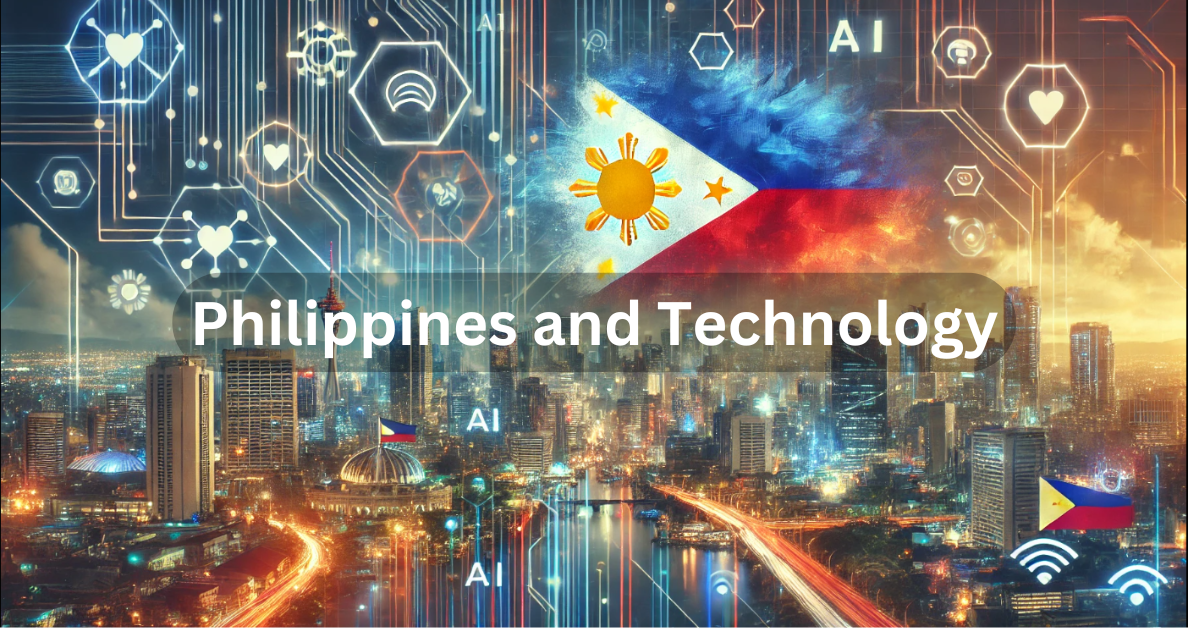The Importance of Robust Network Security

Securing the Digital Frontier: The Importance of Robust Network Security
In today’s interconnected world, network security is more critical than ever. As the backbone of global communication and information exchange, networks power everything from personal devices to corporate infrastructure. However, with this increased connectivity comes a heightened risk of cyber threats, necessitating proactive measures to safeguard digital assets.
The Growing Threat Landscape
The proliferation of sophisticated cyberattacks has made network security a priority for organizations of all sizes. From ransomware attacks that cripple entire systems to phishing scams targeting sensitive data, the threats are both diverse and relentless. According to recent studies, cybercrime costs are projected to reach $10.5 trillion annually by 2025, highlighting the urgent need for robust defenses.
Core Principles of Network Security
Effective network security is built on a foundation of three key principles: confidentiality, integrity, and availability.
Confidentiality ensures that sensitive information remains accessible only to authorized individuals. Encryption and access controls are essential tools in achieving this.
Integrity focuses on maintaining the accuracy and trustworthiness of data, preventing unauthorized modifications or corruption.
Availability ensures that network services remain operational and accessible when needed, often through measures like redundancy and disaster recovery plans.
Key Components of Network Security
Firewalls: Acting as gatekeepers, firewalls monitor and control incoming and outgoing network traffic based on predefined security rules. They are often the first line of defense against external threats.
Intrusion Detection and Prevention Systems (IDPS): These systems monitor network traffic for unusual or suspicious activity, automatically blocking potential threats.
Virtual Private Networks (VPNs): VPNs provide secure, encrypted connections for remote users, ensuring data protection during transmission.
Endpoint Security: Protecting individual devices connected to the network is crucial. This includes antivirus software, patch management, and device monitoring.
Zero Trust Architecture (ZTA): This modern approach assumes that threats may already exist within the network, enforcing strict identity verification for all users and devices.
The Role of Education and Awareness
Technology alone cannot guarantee security. Human error remains one of the most significant vulnerabilities in network security. Regular training and awareness programs help employees recognize potential threats, such as phishing emails or social engineering tactics. Cultivating a culture of cybersecurity vigilance is essential.
The Future of Network Security
As technology evolves, so do the methods employed by cybercriminals. Emerging trends such as artificial intelligence (AI) and machine learning (ML) are transforming both the defensive and offensive sides of cybersecurity. While AI-driven tools can detect and respond to threats in real-time, attackers are also leveraging AI to create more sophisticated malware.
Quantum computing poses another challenge and opportunity. While it has the potential to break traditional encryption methods, it also paves the way for quantum-resistant algorithms, promising a new era of secure communication.
Why Choose Profondo Research Internationale Corp?
- Expertise Across Disciplines
- Customized Approach
- Quality and Precision
- Global Research Network
- Confidentiality and Integrity Timely Delivery
- Timely Delivery
Our team of researchers includes experts in a wide range of academic disciplines, ensuring that we can provide specialized support for your specific research needs.
We understand that each project is unique. That's why we offer personalized research services tailored to your requirements, goals, and deadlines.
At Profondo Research Internationale, we pride ourselves on delivering research that is not only thorough but also precise and aligned with the highest academic standards.
With access to a global network of professionals and resources, we can support research in a variety of fields and regions, making sure you have everything you need to succeed.
We uphold the highest standards of academic integrity and confidentiality. You can trust us to handle your research project with the utmost professionalism and discretion.
We understand that deadlines are crucial. Our team is committed to delivering high-quality research within the specified timeframes, ensuring that you meet your academic or professional goals.
Interesting articles
-
MOST-BARMM AI RESEARCH LABORATORY DESIGN OPTION
Exploring the transformative potential of AI to drive innovation, enhance efficiency, and shape a smarter future.
-
The Importance of Robust Network Security
Exploring the transformative potential of AI to drive innovation, enhance efficiency, and shape a smarter future.
-
The Power of Data Analytics
Exploring the transformative potential of AI to drive innovation, enhance efficiency, and shape a smarter future.
-
Chip-based Artificial Intelligence Computing!
Exploring the transformative potential of AI to drive innovation, enhance efficiency, and shape a smarter future.
-
The Philippines: A Rising Star in Technology
Exploring the transformative potential of AI to drive innovation, enhance efficiency, and shape a smarter future.
-
Profondo Research Internationale Overview
Exploring the transformative potential of AI to drive innovation, enhance efficiency, and shape a smarter future.





